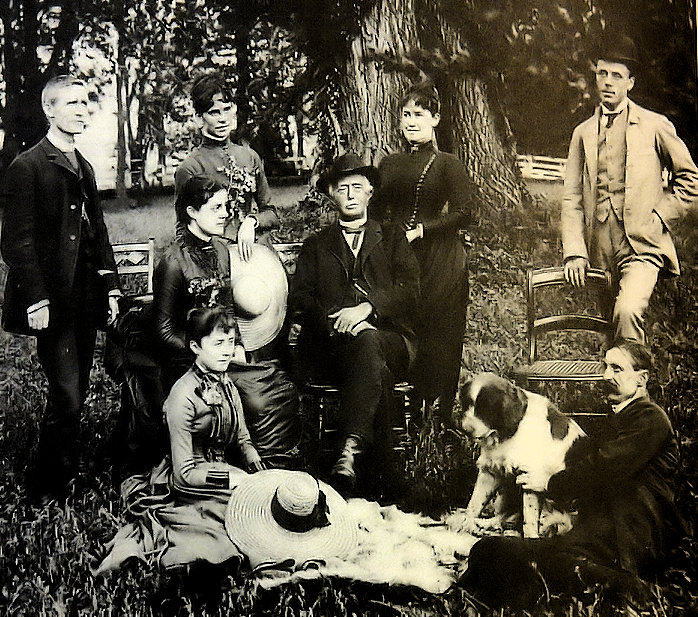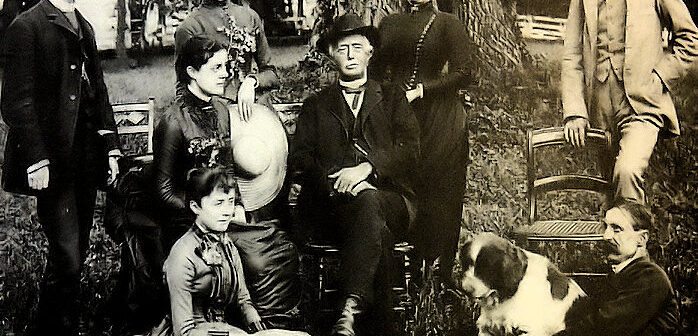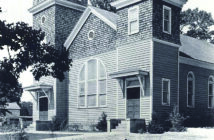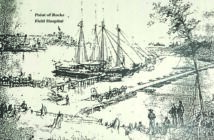
By George “Buddy” Cranford
Many years have passed since a combined naval/land battle raged in Chesterfield County. Back in the mid-1800s, what is today known as Drewry’s Bluff was just a high hill on the James River, a small portion of land owned by a Chesterfield farmer.
Augustus H. Drewry was born at “Brandywine,” his grandfather’s plantation in King William County, the son of Mildred Stevens Fox (1798-1872) and Martin Drewry (died 1862).
Young Augustus was educated at the Richmond Academy. Prior to the Civil War, he lived at “Bellwood,” which is now a Department of Defense supply base. A true Virginian of his time, he served in the Confederate Army to defend his state from Union troops. His post was Drewry’s Bluff, where he was in charge of a small military unit and the cannon that supported it on a sharp bend in the James River in Chesterfield County, the site of the Battle of Drewry’s Bluff on May 15, 1862.
This month marks the anniversary of that battle, a significant victory for the Confederacy which stopped the attack on Richmond. The river/land battle raged between Union forces stationed aboard warships on the river and Confederates perched high on a fortified hill overlooking the bend.
Richmond, the Confederate capital, lay vulnerable to an attack by the Union Army by land and by the Union Navy up the navigable James River. Early in May, Norfolk fell to Union forces and the Confederate ship CSS Virginia was forced to take shelter to avoid capture. This left the James River at Hampton Roads exposed and open to Union warships. A flotilla of Naval vessels took advantage of the open waterway and made a push for Richmond. The USS Monitor and the USS Galena, as well as the gunboats Aroostook, Port Royal and Naugatuck, steamed up the James.
In 1861, Capt. Drewry owned the property that extended from present day Bellwood south to include a 90-foot-high bluff overlooking the James River. Today, it is referred to as Drewry’s Bluff. Along with Capt. James P. Jones, also of Chesterfield, they equipped an artillery company and stationed the unit at the bluff. By March 1862, Drewry ordered the construction of fortifications and the installation of large guns on his property overlooking the James River, just 7 miles from Richmond. He expected that, in the event an attack was made on Richmond, the bluff would be a most impregnable point. Drewry urged the Confederate government to improve the natural conditions of the bluff by converting it into a fort. As he predicted, the Federal naval fleet moved on Richmond after the evacuation of Norfolk and the sinking of the Virginia (or Merrimac) and passed all forts until Drewry’s Bluff was reached. At that point, the Confederate forces had filled the river with underwater obstructions, including debris, sunken steamers and pilings, to prevent Union ships from reaching Richmond.
Drewry turned his battery on the Union flotilla. During the battle, Drewry’s bravery and leadership skills were evident as he encouraged his men from a high position, directing their gunfire with such skill that success was assured. He refused to heed the repeated pleas of his men to step down from his dangerous position, and calmly allowed the shot from the enemy batteries to fall like hail around him. His battery forced the Union invaders to turn back after a hard-fought battle, which crippled their fleet.
The Battle of Drewry’s Bluff was a decisive battle in Virginia, and Drewry’s ability was rewarded with his unanimous election as president of the Virginia Navigation Company, a position he held until the time of his death on July 6, 1899 in Richmond.
Drewry was buried in the Westover Parish Church cemetery (Episcopal) in Charles City County.




